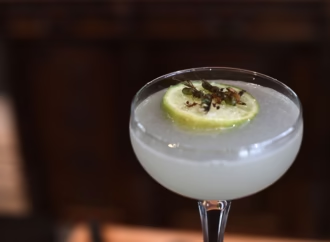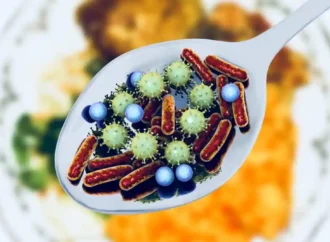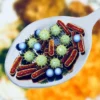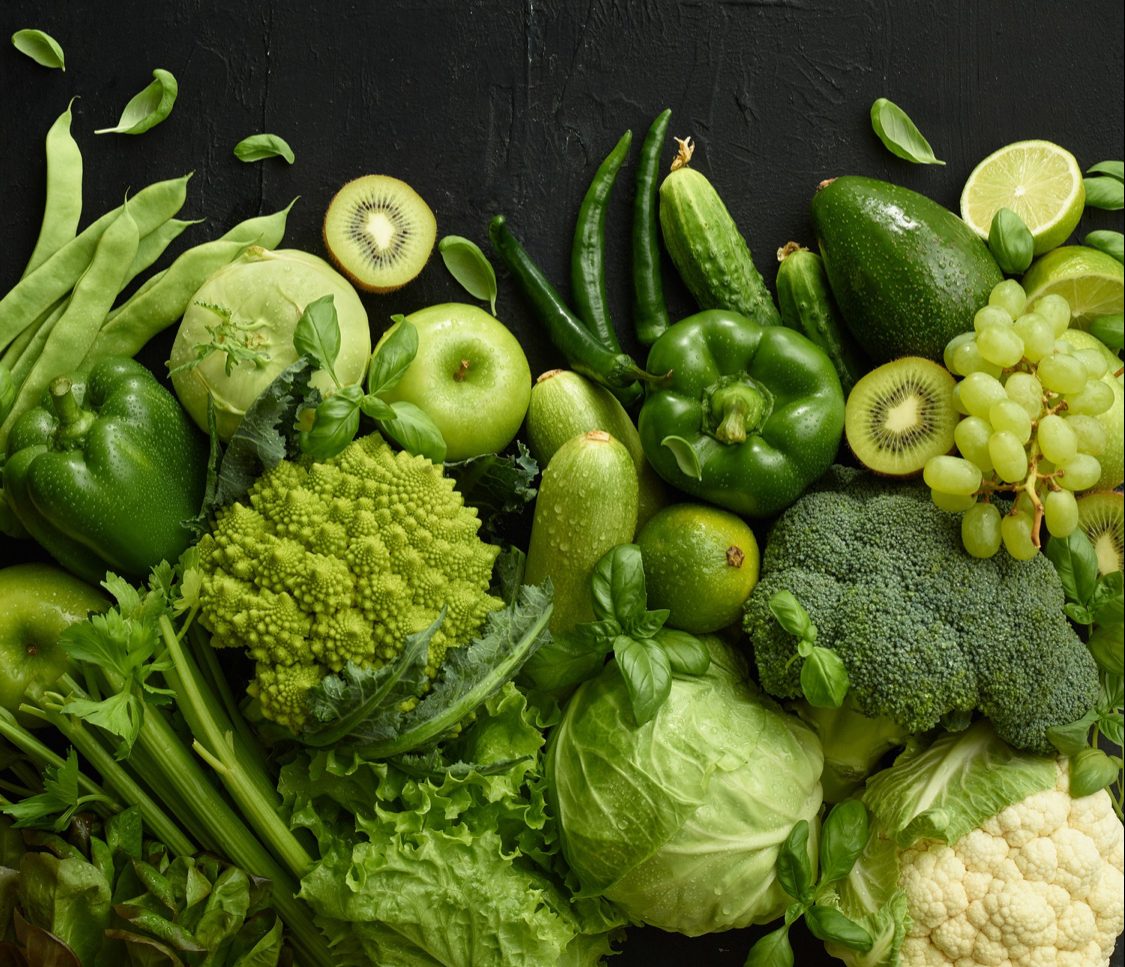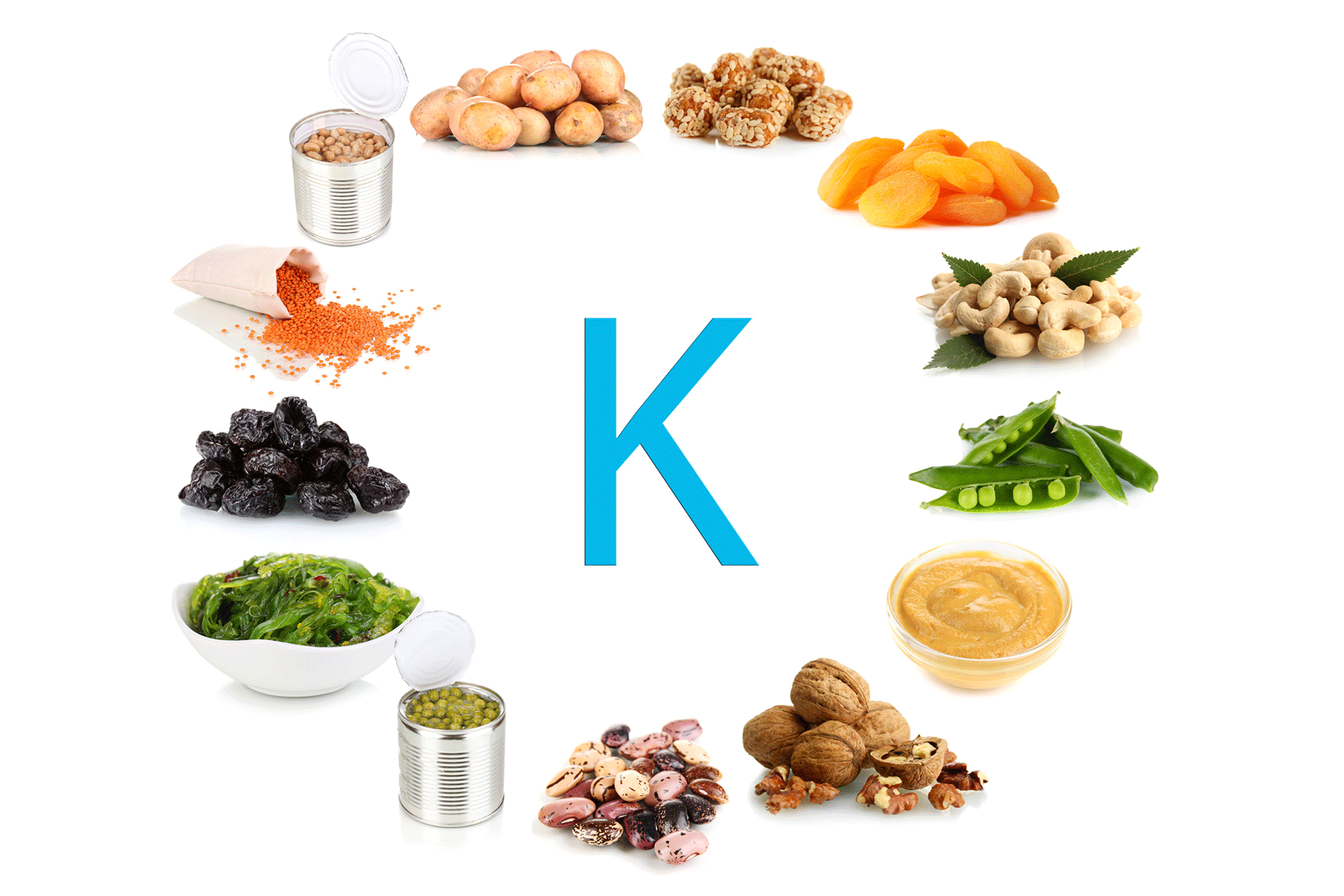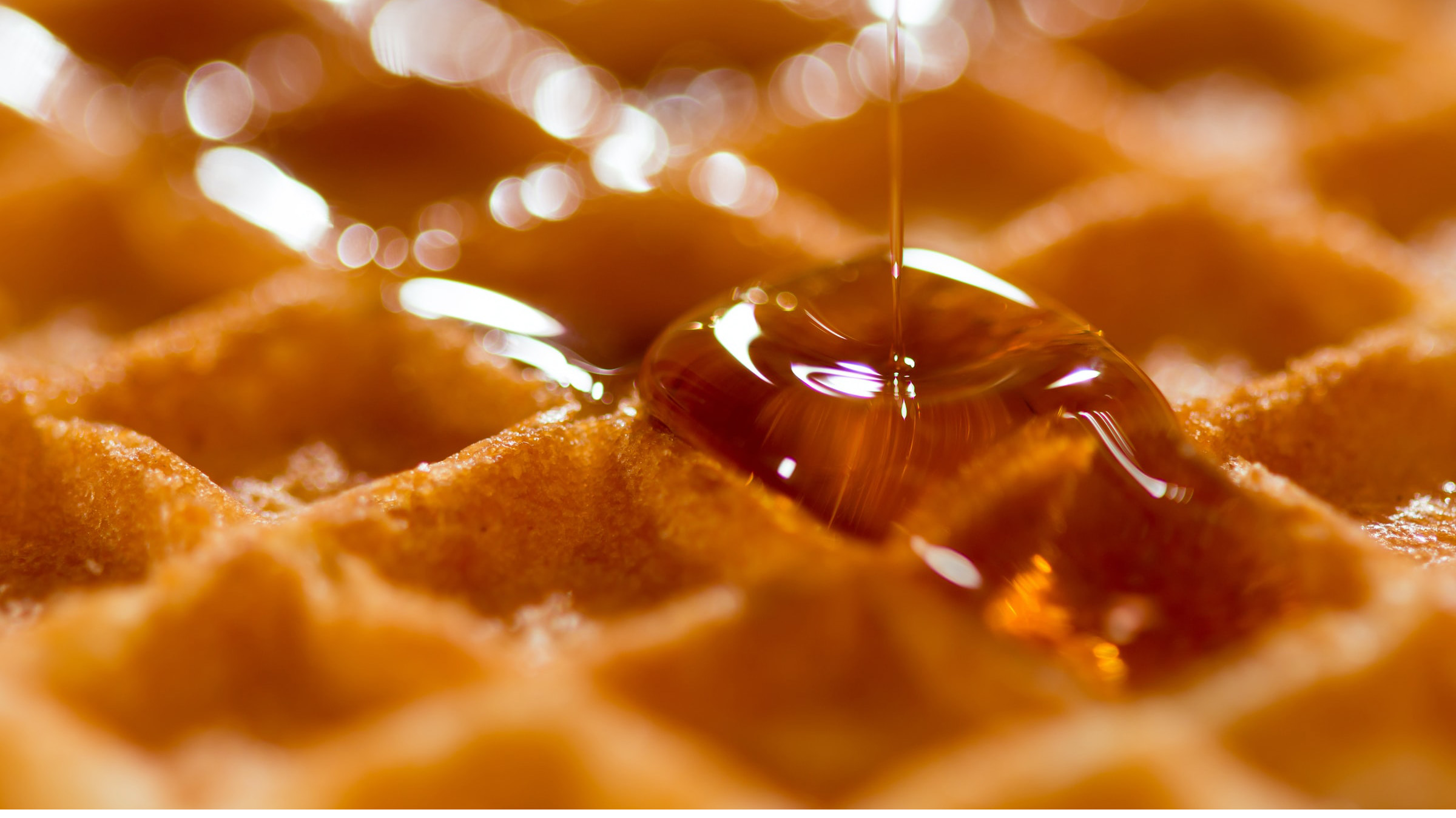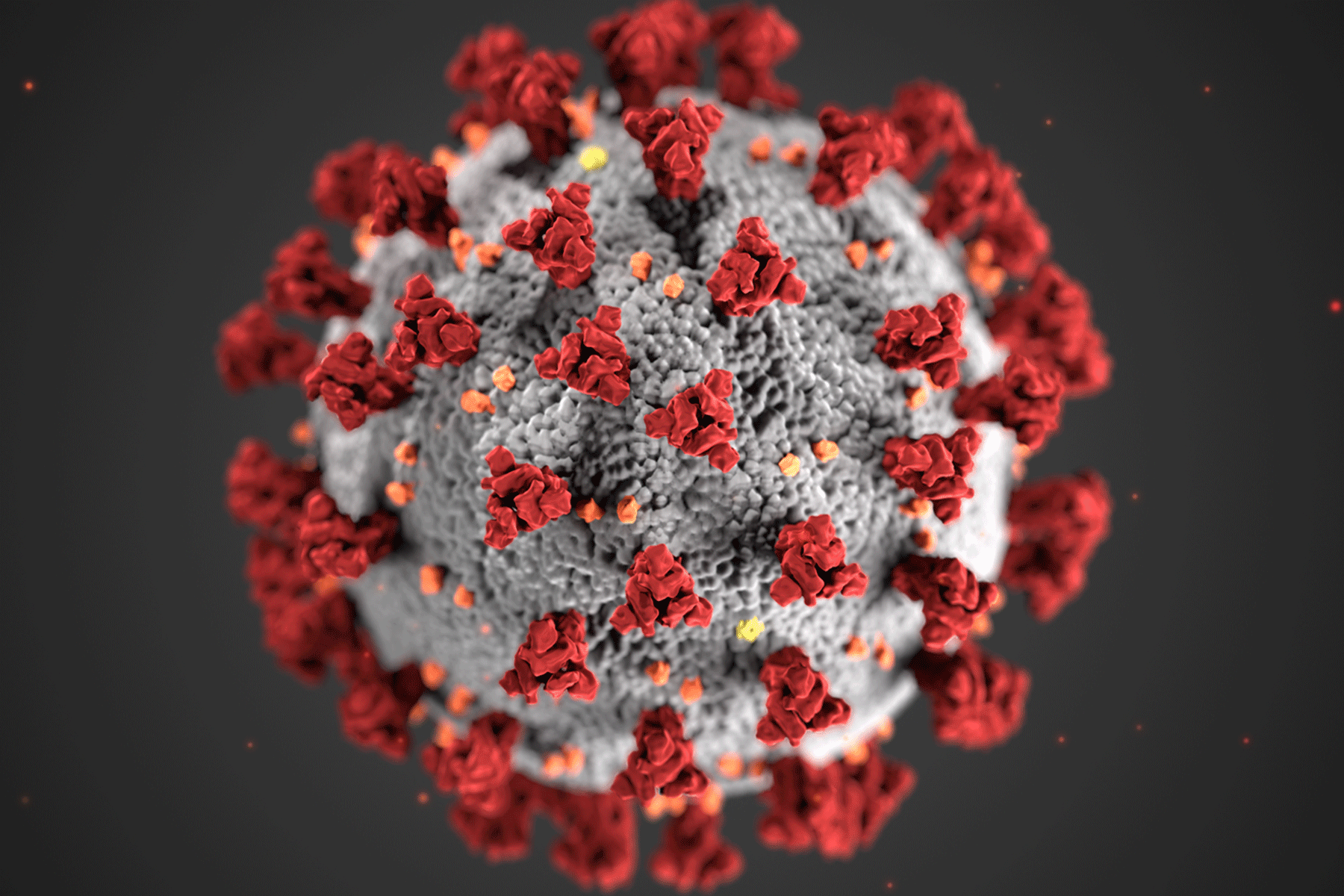Overview
Researchers at the Indian Institute of Technology (IIT) Guwahati have studied Panitenga, a traditional fermented food from Assam, to identify bacteria with useful industrial properties. They prepare Panitenga by fermenting mustard seeds with sour extracts from tamarind, mangosteen, or lime juice. After forming the mixture into dough and wrapping it in banana leaves, they ferment it in bamboo containers for up to two weeks. This fermentation process improves the taste and texture of the food while promoting the growth of beneficial bacteria.
Bacillus subtilis SMP-2: A Valuable Bacterial Strain
IIT Guwahati researchers, led by Associate Professor Lalit Mohan Pandey, discovered Bacillus subtilis SMP-2 as a key bacterial strain in Panitenga. They found that this strain could have valuable industrial uses, especially in producing biosurfactants. The researchers published their findings in Food and Bioproducts Processing, highlighting the strain’s potential for industrial applications.
Biosurfactants: A Greener Alternative for Industries
Pandey explained that Bacillus subtilis SMP-2 can produce biosurfactants—natural substances with many industrial uses. Surfactants help mix oil and water, and they are used in products like soaps, shampoos, and detergents to remove dirt and grease. Unlike traditional surfactants, biosurfactants are biodegradable, eco-friendly, and work well even under challenging conditions.
The researchers identified the optimal conditions for producing biosurfactants from Bacillus subtilis SMP-2. They found that the best results came from a pH of 6, a temperature of 30°C, and a carbon-to-nitrogen ratio of 3:1, using glycerol and yeast extract. Additionally, the bacteria showed a strong ability to break down crude oil.
Uses in Oil Recovery, Cleaning, and Medicine
The biosurfactant produced by the bacteria lowered water’s surface tension, making it effective at breaking down oil and grease. It remained stable under different pH levels, temperatures, and salt conditions and showed antimicrobial properties. This makes it a potential solution for cleaning oil spills, enhancing oil recovery, and even being used in medicine and healthcare.
Source: India Today
 Food Manifest
Food Manifest 
